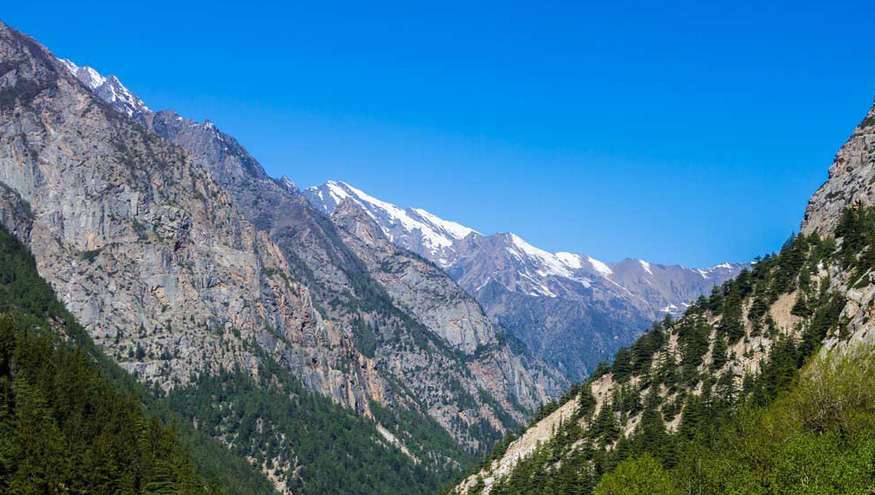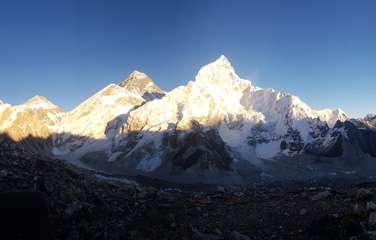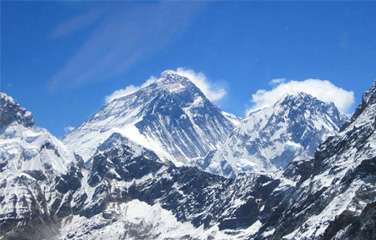Useful Information
Pike Peak Trek route
Pike Peak Trekking begins with a short flight to Phaplu. From here, you drive to Salleri and trek towards Ghunsa. The trail then passes by numerous verdant forests and villages like Pattale and Jhapre to take you to Pike Peak Base Camp. Further, you gradually ascend to the top of Pike Peak from where you enjoy breath-taking views and drop down to Junbeshi. The trail then descends to Phaplu, and you fly back to Kathmandu.
Pike Peak Trek difficulty & Altitude Sickness
Pike Peak Trek is a moderate trek. The trial does include an off-the-beaten trail, however there are no technical ascending. You have to cross a few steep and rugged parts as well. Overall, you have to be in good health and shape to go on Pike Peak Trekking. Previous trekking experience is not needed while Pike Peak Trek 12 Days.
Pike Peak Trekking does include chances of altitude sickness because of the high elevation. We have designed our Pike Peak Trek itinerary adding ample rest days to reduce the risk of AMS (acute mountain sickness). Likewise, keep yourself hydrated and avoid alcoholic drinks to avoid AMS.
Best time to go on Pike Peak Trek
Spring i.e. from March to April and Autumn i.e. from September to November is the best time to go on Pike Peak Trek 12 Days. The trail gets bloomed up with a range of floras. The clear sky and stunning views make the journey pleasant. Likewise, the weather is mostly stable with a moderate climate.
Accommodation & Meals
Teahouse and camping are the available accommodations during Pike Peak Trek. You will get basic facilities during your stay in the teahouse. Rooms are usually small with twin-sharing beds and common washrooms. If you are looking for a single room, then it may or may not be available. Also, the price of a single room is higher than a shared room. Likewise, tents are carried by the team members.
Meals will be served as per the menu of the teahouse. You will get Nepali, Continental, Tibetan, and Indian cuisine. Among all the dishes dal bhat is the most affordable, delicious, and filling option. During your stay in the tents, meals will be cooked by the team members. You will have many options to choose from.
Communication & Electricity
Electricity for charging your electronic device might not be available in all villages. Extra batteries and power banks are recommended to have during the journey. Similarly, carry local SIM cards for better network connection. Do know that as the elevation will increase, the network will get weaker.
Travel Insurance
Travel insurance is a must to have while trekking in the Himalayas. Even with all the measures and care, emergency circumstances can arise, and travel insurance will come handy in those situations. Your travel insurance must cover things like airlift, medical bills, hospital bills, and flight cancellation. You have to get travel insurance in your own country as the Nepal government does not allow travel insurance to foreigners.
Guide & Porter
A guide will help you complete the Pike Peak Trekking smoothly and safely. Trekking in the remote areas alone can be life risky. Don't take Himalayan trail lightly, a small mistake and your life can be on the line. Therefore, we provide experienced, professional, and friendly guides and porters during your trip with us. While traveling with us, you will be in safe hands.
Environmental Contribution
After years of organizing adventurous trips in nature, we have found out measures, which keeps the surrounding safe during our excursions. Carrying eco-friendly equipment, supporting local businesses, managing waste before returning, etc are some of the measures we take during the treks. Not only this, but we are helping a few children from mountain communities to get an education through our small organization.





